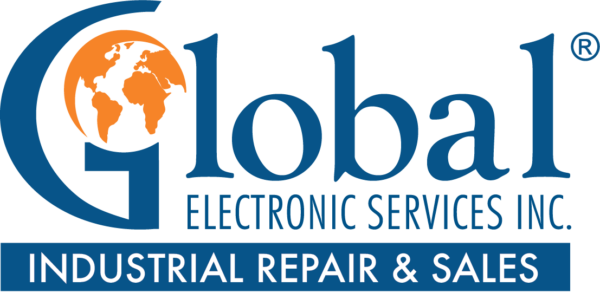The 5 Key Dimensions of Manufacturing Excellence

In manufacturing, defining excellence goes beyond the superficial metrics of speed, cost, and defect rates. True manufacturing excellence is a multifaceted concept, deeply rooted in a harmonious balance of five pivotal dimensions: cost, quality, dependability, flexibility, and innovation.
It’s not enough to excel in just one area; the real measure of a manufacturer’s prowess lies in the integrated performance across these diverse yet interconnected domains. This comprehensive approach sets a benchmark for current operations and goals for future advancements, positioning manufacturers at the forefront of industry standards and customer satisfaction.
Manufacturing excellence: 5 dimensions
While there’s no formal equation for combining cost, quality, dependability, flexibility, and innovation, the sum of these variables nonetheless adds up to a gauge of excellence. Some producers might put more emphasis on cost efficiency, while others will favor flexibility and innovation. Regardless of the weight, these five variables are invaluable:
- Cost: This refers to the total resources used to produce a good or service. Manufacturing excellence strives to minimize costs without compromising quality or other key dimensions. This includes optimizing processes, reducing waste, and negotiating better deals with suppliers.
- Quality: This encompasses a product or service’s overall fitness for use. Manufacturing excellence aims to achieve consistently high quality by implementing robust quality control systems, minimizing defects, and using high-quality materials.
- Dependability: This refers to a manufacturer’s ability to deliver products or services on time and in the promised quantity. Manufacturing excellence aims for reliable and predictable operations, minimizing delays and disruptions. This requires efficient planning, scheduling, and maintenance practices.
- Flexibility: This describes a manufacturer’s ability to adapt to changing market demands and customer needs. Manufacturing excellence requires agility and responsiveness to adjust production processes, product features, and even entire product lines quickly and efficiently.
- Innovation: This involves the continuous improvement of processes, products, and services. Manufacturing excellence encourages a culture of creativity and problem-solving to find new ways to enhance efficiency, quality, and customer satisfaction.

The roadmap to excellence
Manufacturing excellence doesn’t happen overnight. It’s the product of incremental, compounding improvements across these five dimensions. Choosing where to focus comes down to a company’s values and priorities.
Achieving excellence in each dimension requires a holistic approach, balancing one against the other to create a sustainable and competitive advantage. This often involves adopting various methodologies like lean manufacturing, Six Sigma, and total quality management.
The benefits of manufacturing excellence
Manufacturing excellence fuels success. By excelling in cost, quality, dependability, flexibility, and innovation, companies gain a competitive edge, boost efficiency, delight customers, and drive growth. It’s about being smarter, faster, and more adaptable, creating a win-win for companies, customers, employees, and even the environment.
